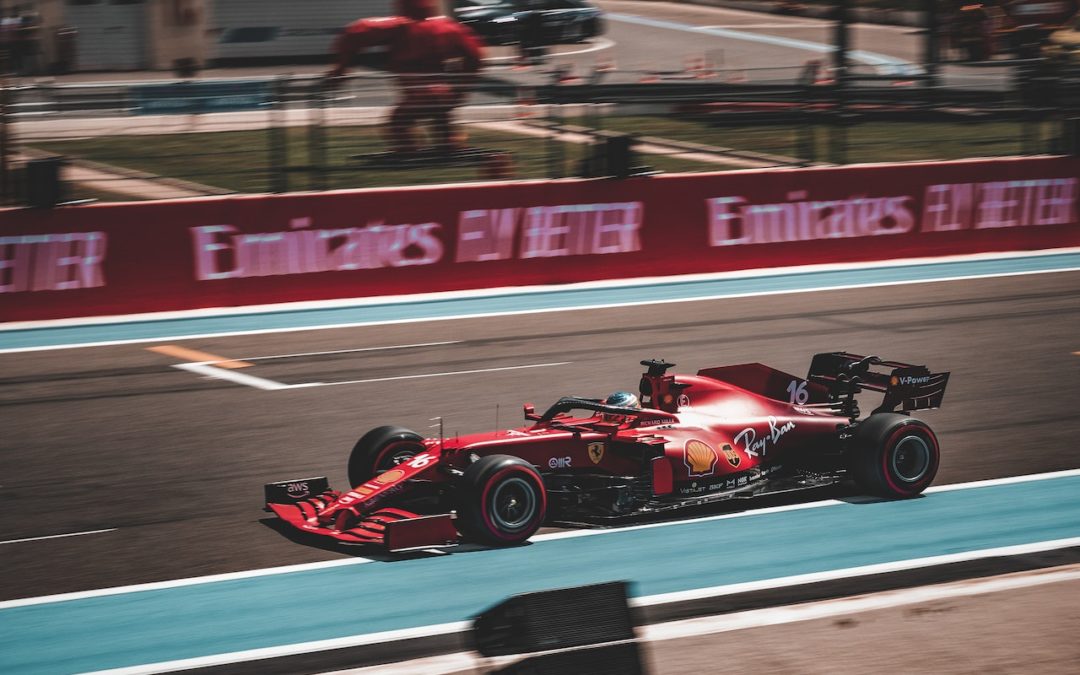If you’ve ever wondered why car advertisements brag about how much horsepower a car can produce, that’s because the torque and horsepower determine how fast a car is. The higher these two features are, the faster a driver can push a car. In the racing world, fast is everything. Read on for a selection of the fastest race cars in the world—along with some hefty price tags.
Formula 1 Fastest Car
F1 races are among the most popular car racing events in the world. This is due largely in part to the speed of the cars. During F1 races, drivers are known to go from zero to 60 in under two seconds. The fastest recorded land speed for an F1 car was a little over 246 mph. South African race car driver Alan van der Merwe achieved this incredible speed when he was driving a modified BAR Honda 007 on the Bonneville Salt Flats in Utah.
Fastest IndyCar
The fastest recorded speed in an IndyCar competition is 236 mph. In 1996 Aerie Luyendyk achieved an impressive 236.986 mph in qualifying for the Indy 500, though it took three seconds to reach 56 miles per hour (considered a slow start in the racing world). Luyendyk, driving the Cosworth Ford-powered Reynard 941, set a four-lap time of 2:31:908, an unmatched record.
Fastest NASCAR
In 1987 Bill Elliot pushed the limits of speed when he reached 212 miles per hour during a race qualifier for the Winston 500. He drove a No. 9 Coors Ford Thunderbird, a 3,700-pound, 625-horsepower beast. Almost four decades later, his record still stands.
Fastest Formula 2 Car
F2 cars have a top speed of about 208 mph. Brazilian race car driver Felipe Drugovich holds the crown of F2 Champion. He drove four laps in an orange 7F Torneria Ferraro capable of up to 750 horsepower.
More Fast Cars and Manufacturers
Going for an estimated $4.3 million is the French Bugatti Bolide, reaching speeds of 310 mph with its 1,824-hp engine. The 1,500-hp Bugatti Chiron reaches speeds of 300 mph and costs a little less than the Bolide at $3.9 million. Yet another Bugatti is the Veyron 16.4 Super Sport. Cranking out 1,200 horsepower and reaching speeds of 286 miles per hour, this sporty vehicle starts at $2.5 million.
Meanwhile, the SSC Tuatara has up to 1,750 horsepower and is capable of reaching 283 miles per hour, making it a match for other supercars.
At $3.3 million is the Swedish Koenigsegg Jesko Absolute. This beauty cranks out 1,600 horsepower. Another impressive Koenigsegg car is the 1,000-hp Agera RS, which comes with a hefty $2.4 million price tag and reaches speeds of 278 miles per hour. Getting up to 249 miles per hour, the Gemera is another Koenigsegg car to brag about. With 1,700 horsepower and running on a combustion engine and three electric motors, it costs about $1.4 million.
The Hennessey Venom F5, reaching 272 miles per hour and 1,917 horsepower, is sure to impress. Meanwhile, the 1,914-hp Croatian Rimac Nevera is the fastest electric car in the world. It can reach 256 miles per hour and is worth $2.2 million. One more supercar built to impress is the McLaren Speedtail. This one reaches 249 miles per hour and cranks out 1,036 horsepower.
More Interesting Facts
- An F1 car’s exhaust can reach 1,000 degrees, hot enough to melt aluminum.
- In Monaco, manhole covers have been welded in place so that race cars do not suck them up due to their high speeds.
- Theoretically, some race cars can drive upside down after reaching a certain speed.
- Top fuel dragsters can reach 300 miles per hour in about three seconds.
- Due to their high speeds, race cars require between 65 and 80 gallons of fuel per minute on average.
- The most expensive sports car to be sold was the 1963 Ferrari 250 GTO, which fetched $70 million.
- The French Bugatti Veyron was built with 12 radiators.
- The 1914 Vauxhall 25 Sports Torpedo, which reached speeds of 80 miles per hour, was the first sports car ever sold.
Purpose of Speed Engineering
For professional race car drivers, cars must go fast, but for the average civilian, there’s no need for an engine to be able to reach hundreds of miles per hour. Or is there? One of the reasons car manufacturers build their cars to go over the speed limit is to improve reliability. If a vehicle can reach 120 miles per hour, there’s less engine strain as it spends years driving 65 miles per hour.
There’s no denying that the roar of an engine, the screeching of tires, and the speed of a car are the primary reasons to attend a car race, but just because a car can go fast doesn’t mean you should.

